Lesson Plan > Lesson 51 > English
Lesson 51 covers:
- Elementary Level: Past and Present Tense Verbs
- Mid Level: Homophones and Homonyms
- High Level: Compare and Contrast Essays
Elementary Level (Kinder to Grade 2)
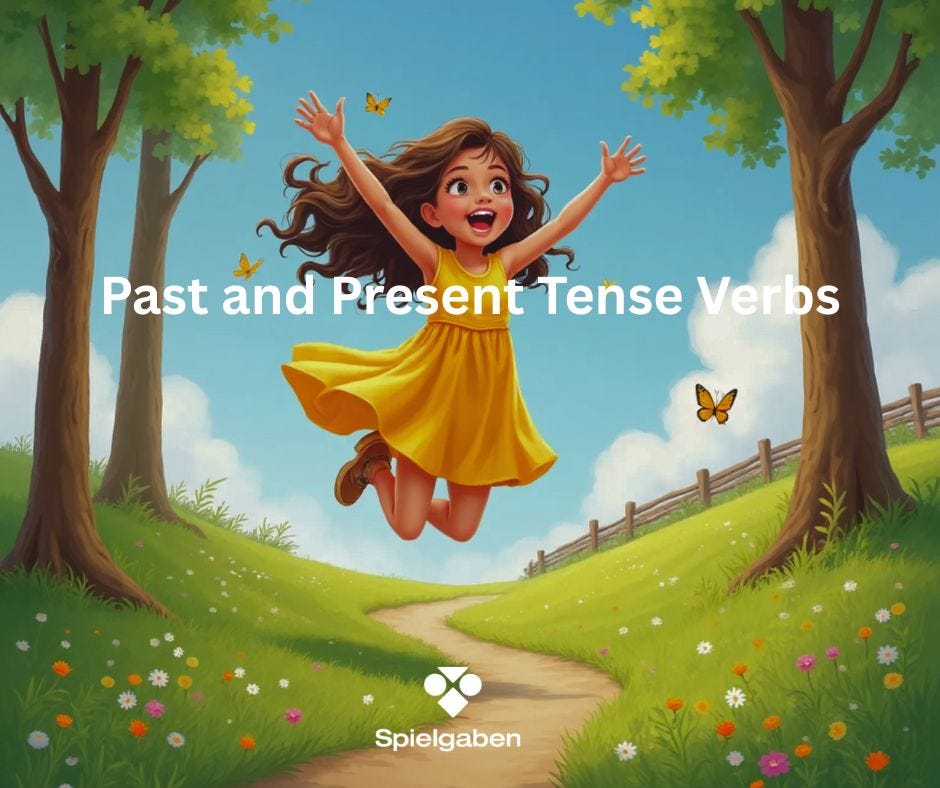
Subject: Past and Present Tense Verbs
Alignment with Standards:
- CCSS.ELA-LITERACY.L.1.1.E – Use verbs to convey a sense of past, present, and future.
- CCSS.ELA-LITERACY.L.1.1.C – Use singular and plural nouns with matching verbs.
Lesson Objectives:
By the end of this lesson, the student will be able to:
- Define past tense (actions that already happened) and present tense (actions happening now).
- Identify and sort verbs into past and present tense (e.g., run/ran, jump/jumped).
- Use correct verb tenses in simple sentences.
Materials Needed:
- Verb flashcards (with pictures and words)
- Whiteboard/markers or paper/pencils
- Two baskets or containers labeled “Past” and “Present”
- Printed worksheets (verb sorting, fill-in-the-blank)
- Short story or sentences with mixed tenses (for practice)
Lesson Activities:
Day 1: Introduction to Past and Present Tense
Objective: Understand the difference between past and present tense verbs.
- Warm-up Discussion (10 min):
- Ask: “What did you do yesterday? What are you doing right now?”
- Direct Instruction (15 min):
- Explain:
- Present Tense: “I eat an apple.” (Happening now.)
- Past Tense: “I ate an apple.” (Already happened.)
- Write examples on a whiteboard and highlight the verbs.
- Explain:
- Activity (20 min):
- Verb Charades: Act out actions (e.g., walk, walked), and have the student guess and say the verb in both tenses.
- Verb Sorting: Give the student flashcards to sort into “Past” and “Present” baskets.
Day 2: Practicing Verb Tenses
Objective: Differentiate and use past/present verbs in sentences.
- Review (10 min):
- Quick game: “Is ‘played’ past or present?” (Answer: past.)
- Guided Practice (20 min):
- Fill-in-the-Blank Sentences:
- “Yesterday, I ___ (walk/walked) to the park.”
- “Today, I ___ (play/played) with my dog.”
- Verb Match-Up: Pair present tense verbs with their past tense forms (e.g., run/ran, eat/ate).
- Fill-in-the-Blank Sentences:
- Creative Activity (15 min):
- Draw It! Have the student draw two pictures of the same action (e.g., “I swim today” vs. “I swam yesterday”).
Day 3: Reinforcement and Application
Objective: Use past and present verbs in spoken and written sentences.
- Verb Hunt (15 min):
- Read a short story or sentences aloud. Have the student clap when they hear a past-tense verb and stomp for present tense.
- Writing Practice (20 min):
- Have the student write 2 sentences about what they did yesterday (past) and 2 about what they’re doing now (present).
- Extension (Optional):
- Tense Detective: Find verbs in a favorite book and label them past/present.
Assessment:
- Oral Check: Ask the student to say a past and present sentence (e.g., “I paint a picture.” / “I painted a picture.”).
- Worksheet Accuracy: Check sorting and fill-in-the-blank activities.
- Sentence Writing: Evaluate if verbs are used correctly in their own sentences.
Adaptations for Different Learners:
- Visual Learners: Use color-coding (e.g., highlight past tense in red, present in green).
- Auditory Learners: Chant verbs in a song (“Today I walk, yesterday I walked!”).
- Kinesthetic Learners: Act out verbs while saying them in both tenses.
Mid Level (Grade 3 to 5)
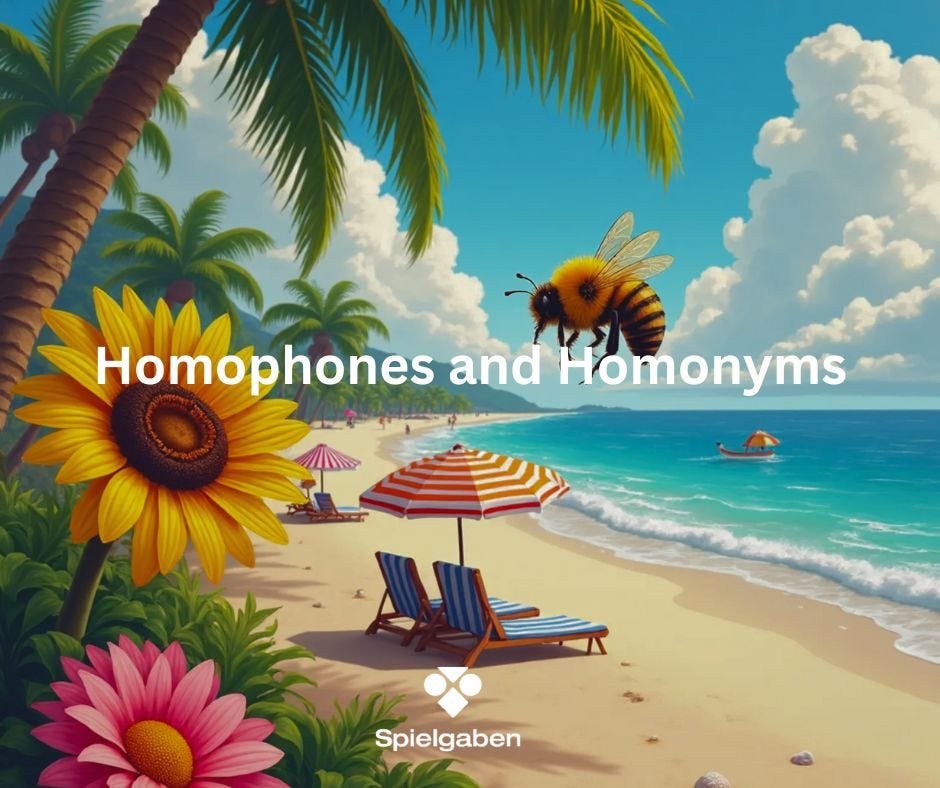
Subject: Homophones and Homonyms
Alignment with Standards:
- CCSS.ELA-LITERACY.L.4.1.G – Correctly use frequently confused words (e.g., to, too, two; there, their).
- CCSS.ELA-LITERACY.L.4.4 – Determine or clarify the meaning of unknown words.
- CCSS.ELA-LITERACY.L.4.5 – Demonstrate understanding of figurative language, word relationships, and nuances in word meanings.
Lesson Objectives:
By the end of this lesson, the student will be able to:
- Define homophones (words that sound alike but have different meanings/spellings) and homonyms (words that sound alike and may be spelled alike but have different meanings).
- Identify and correctly use common homophones (e.g., sea/see, flower/flour) and homonyms (e.g., bat [animal] vs. bat [sports equipment]).
- Apply knowledge through word puzzles, fill-in-the-blank exercises, and creative writing.
Materials Needed:
- Whiteboard or paper for lists
- Flashcards with homophone/homonym pairs
- Printed worksheets (word puzzles, fill-in-the-blanks)
- Colored pencils or highlighters
- Storybook or short passage with examples (optional)
Lesson Activities:
Day 1: Introduction to Homophones
Objective: Understand what homophones are and recognize common examples.
- Warm-up Discussion (10 min):
- Ask: “Have you ever heard words that sound the same but mean different things?”
- Direct Instruction (15 min):
- Define homophones (e.g., knight/night, sea/see).
- Create a classic homophones list together (e.g., to/too/two, there/their/they’re).
- Activity (20 min):
- Homophone Matching Game: Use flashcards to pair words with their meanings (e.g., match “flower” with a plant and “flour” with baking ingredient).
- Fill-in-the-Blank Sentences:
- Example: “I ___ a sandwich for lunch.” (ate/eight)
Day 2: Introduction to Homonyms
Objective: Differentiate homonyms from homophones.
- Review (10 min):
- Quick quiz: “Is ‘sun’ and ‘son’ a homophone or homonym?” (Answer: homophone—same sound, different meaning/spelling.)
- Direct Instruction (15 min):
- Define homonyms (words that sound and may be spelled the same but have different meanings).
- Examples:
- Bat (flying mammal) vs. bat (used in baseball)
- Light (not heavy) vs. light (brightness)
- Activity (20 min):
- Homonym Charades: Act out different meanings (e.g., “bank” as in money vs. river).
- Sentence Writing: Have the student write two sentences using the same word in different ways (e.g., “The duck can fly.” / “I will duck under the table.”).
Day 3: Practice and Application
Objective: Reinforce learning through puzzles and creative tasks.
- Word Puzzle (15 min):
- Crossword or Word Search with homophones/homonyms.
- Example:CopyDownload
Across:
2. "I ___ a book." (read/red)
4. "The ___ is shining." (sun/son) - Fill-in-the-Blank Story (20 min):
- Provide a short passage with missing homophones/homonyms (e.g., “The ___ (knight/night) rode under the ___ (moon/moan).”).
- Extension (Optional):
- Illustrate It! Draw pictures showing different meanings of a homonym (e.g., a “trunk” as an elephant’s nose vs. a tree part).
Assessment:
- Oral Quiz: Ask the student to define and give examples of homophones vs. homonyms.
- Worksheet Accuracy: Check fill-in-the-blank and puzzle answers.
- Creative Writing: Have them write a silly sentence using at least three homophones (e.g., “The two ants ate too much flour near the flower.”).
Adaptations for Different Learners:
- Visual Learners: Use color-coding (e.g., highlight homophones in yellow, homonyms in blue).
- Auditory Learners: Say words aloud and emphasize pronunciation.
- Kinesthetic Learners: Act out meanings or use objects (e.g., a toy bat vs. a picture of a bat).
High Level (Grade 6 to 8)

Subject: Compare and Contrast Essays
Alignment with Standards:
- CCSS.ELA-LITERACY.W.7.2 – Write informative/explanatory texts to examine a topic and convey ideas, concepts, and information.
- CCSS.ELA-LITERACY.W.7.2.A – Introduce a topic clearly, previewing what is to follow; organize ideas logically.
- CCSS.ELA-LITERACY.W.7.2.B – Develop the topic with relevant facts, definitions, concrete details, quotations, or other information.
- CCSS.ELA-LITERACY.W.7.4 – Produce clear and coherent writing appropriate to task, purpose, and audience.
Lesson Objectives:
By the end of this lesson, the student will be able to:
- Define and identify the purpose of a compare and contrast essay.
- Use graphic organizers (Venn diagrams, tables) to analyze similarities and differences between two subjects.
- Structure an essay using either the block method or point-by-point method.
- Write a well-organized 4-5 paragraph compare and contrast essay with a clear thesis, body paragraphs, and conclusion.
Materials Needed:
- Notebook or lined paper
- Graphic organizer templates (Venn diagram, comparison chart)
- Sample compare and contrast essays (provided or from literature)
- Highlighters or colored pens for annotation
- Access to books, films, or articles for topic selection (optional)
Lesson Activities:
Day 1: Introduction to Compare and Contrast Essays
Objective: Understand the purpose and structure of compare and contrast essays.
- Warm-up Discussion (10 min):
- Ask: “What does it mean to compare two things? What about contrasting?”
- Direct Instruction (20 min):
- Explain the two main structures:
- Block Method: Discuss all features of Subject A, then all features of Subject B.
- Point-by-Point Method: Alternate between Subject A and Subject B for each comparison point.
- Provide a sample essay (e.g., comparing two characters from a book).
- Explain the two main structures:
- Activity (20 min):
- Have the student complete a Venn diagram comparing two familiar items (e.g., books, movies, sports).
Day 2: Brainstorming and Thesis Development
Objective: Choose a topic and craft a strong thesis statement.
- Mini-Lesson (15 min):
- Explain that a thesis statement should:
- Name the two subjects.
- State whether the focus is on similarities, differences, or both.
- Example: “While both cats and dogs make great pets, their care needs and temperaments differ significantly.”
- Explain that a thesis statement should:
- Activity (30 min):
- Student selects two topics to compare (e.g., two historical figures, two inventions, two sports).
- Fills out a comparison chart with at least three similarities and three differences.
Day 3: Drafting the Essay
Objective: Write a first draft using an outline.
- Modeling (20 min):
- Show an outline template for both block and point-by-point methods.
- Example Outline:
- Introduction (Hook, Background, Thesis)
- Body Paragraphs (Similarities, Differences)
- Conclusion (Restate Thesis, Final Thought)
- Writing Time (40 min):
- Student writes a first draft of their essay.
Day 4: Peer or Parent Review & Revision
Objective: Strengthen writing through feedback and revision.
- Review Checklist (20 min):
- Does the introduction grab attention?
- Is the thesis clear?
- Are transitions used (e.g., similarly, however, in contrast)?
- Are details and examples provided?
- Revision (30 min):
- Student revises based on feedback.
Day 5: Final Draft & Extension Activity
Objective: Publish a polished essay and reflect.
- Final Draft (30 min):
- Student writes a neat or typed final version.
- Extension (Optional):
- Turn the essay into a presentation (e.g., slideshow, poster).
Assessment:
- Graphic Organizer Completion (Day 1-2)
- First Draft with Clear Structure (Day 3)
- Revised & Polished Final Essay (Day 5)
Adaptations for Different Learners:
- Visual Learners: Use color-coding for similarities/differences.
- Kinesthetic Learners: Act out comparisons (e.g., pretending to be two different characters).
- Advanced Learners: Compare three items or analyze deeper themes.


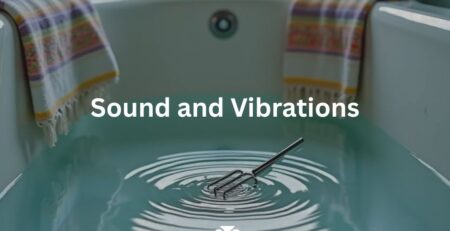
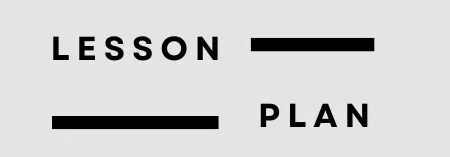
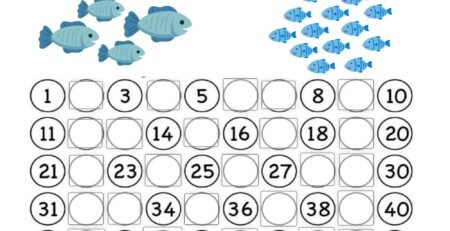
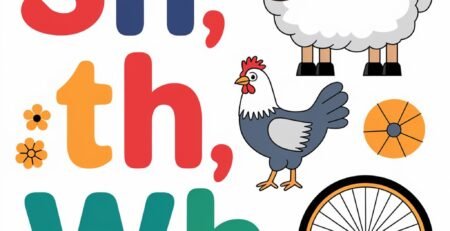

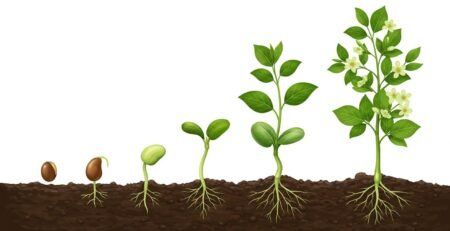
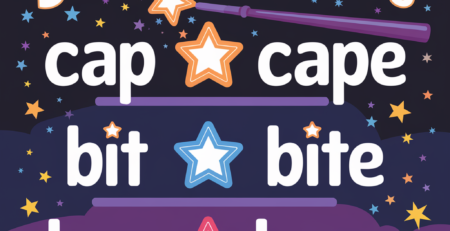

LEAVE A COMMENT